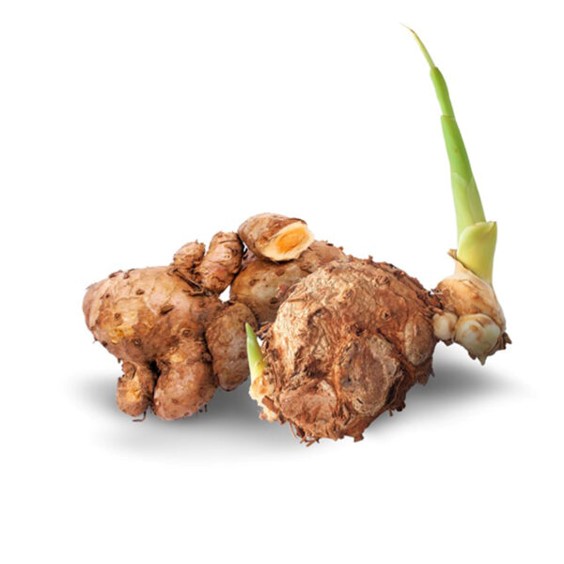| Company | Ingredient Name | ID | Comments | Naturality | Certifications | Purity | Latin name | Treated part | Geographical origin | MOQ |
|---|---|---|---|---|---|---|---|---|---|---|
|
|
Curcuma Xanthorrhiza (Temulawak) Oil - CO2 | CU-003 |
Visit website
|
Natural |



|
100 | Curcuma Xanthorrhiza | Rhizome | Indonesia | 25 Kgs |
General Presentation
-
CAS N° : 89998-05-0
-
EINECS number : 289-742-6
-
FEMA number : Donnée indisponible.
-
Appearance : Brown liquid
-
Density :
-
Volatility : Heart
-
Price Range : Donnée indisponible.
Physico-chemical properties
-
Optical rotation : Donnée indisponible
-
Vapor pressure : Donnée indisponible
-
Refractive Index @20°C : Donnée indisponible
-
Acid Value :
-
Flash Point :
Uses
Uses in perfumery :
Data not available.
Major Components :
- Xanthorrhizol ( >20%)
- Alpha-curcumene (17 - 23%)
- Alpha-cedrene (10-20%)
- Delta-germacrene ( <10%)

Photo credits: ScenTree SAS
Botanical name :
Curcuma zanthorrhiza Roxb.
Synonyms : - // -
Botanical profile :
Curcuma is a flowering plant belonging to the Zingiberaceae family and the Curcuma genus.
Chemotypes :
There are about eighty species of turmeric, however Curcuma zanthorrhiza represents a tiny fraction of the genus. The most common one is Curcuma Longa (Curcuma Longa EO) which accounts for the overwhelming majority of the extracted qualities. Indeed, this one is mainly used as a spice, the production volumes are therefore very important. It is also possible to find other varieties such as Curcuma aromatica, Curcuma domestica, Curcuma zedoafia, Curcuma caesia and Curcuma amada.
Extraction process :
This plant is cultivated for its rhizome. Once the plant is harvested, the rhizome is separated and washed to remove any residual soil. It is then polished and ground into powder. This is similar to the treatment performed on Ginger EO. At this stage, two types of extraction are possible. Either by extraction with a volatile solvent to obtain an oleoresin ( which is the most common case - Curcuma zanthorrhiza Absolute - as it gives a better yield, around 10-15%) or to obtain an essential oil. Curcuma Zanthorrhiza EO is obtained through the Supercritical CO2 extraction of sliced and dried rhizomes
Other comments :
There is in Turmeric oil a compound called Curcumin that can be used as a precursor for natural vanillin. This compound is also responsible for the yellow orange color of turmeric.
Stability :
Data not available.
Regulations & IFRA
Allergens :
This ingredient does not contain any allergen.
IFRA 51th :
This ingredient is not restricted for the 51th amendment



